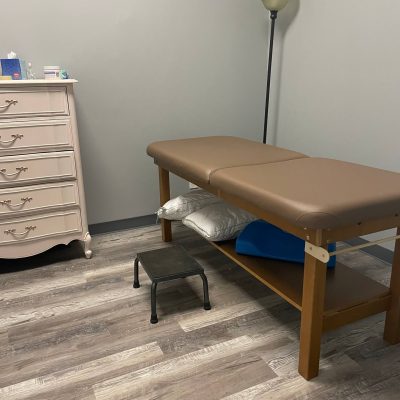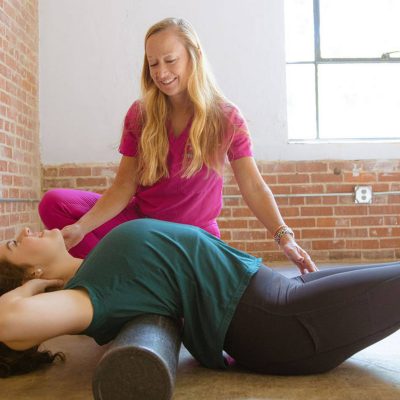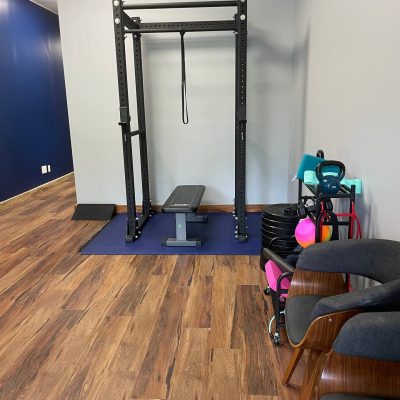What is the difference between Irritable Bowel Disease and Irritable Bowel Syndrome? IBS is a chronic syndrome made up of a group of symptoms. IBD, on the other hand, refers to inflammation or chronic swelling of the intestines and includes 2 conditions: Crohn’s disease and Ulcerative Colitis. It is called inflammatory bowel disease because it is categorized by chronic inflammation of the GI tract, which include all the organs that are involved in digestion from the mouth all the way to the anus. Inflammatory bowel disease affects 1.3% of US adults.
Crohn’s disease can affect any part of the GI tract, but it primarily affects the small intestine. The tissue is damaged in patches in areas next to healthy tissue. Inflammation can affect multiple layers of the walls of the GI tract. Ulcerative colitis occurs primarily in the large intestine and rectum. The tissue is damaged to a greater extent than just patches, and inflammation is present in the innermost lining of the colon.
Symptoms of IBD can include fecal incontinence, constipation, urinary incontinence, fatigue, and pelvic pain. Seeking treatment from a pelvic floor physical therapist can help you manage and overcome many of these symptoms.
Below are several ways that pelvic floor physical therapy can help you with irritable bowel syndrome.
- Develop good bowel habits: Your posture and your breathing greatly affect your bowels. In general, assuming a position where the knees are bent higher than the hips can open up the pelvis and reduce the amount of straining. Using a toilet step stool or a Squatty Potty is a way to bring the knees higher than the pelvis. Deep breathing to help to lengthen the pelvic floor muscles also assists in easier stool evacuation. A pelvic floor physical therapist can discuss this further and adjust the ideal position for you based on your body.
- Abdominal Massage: Sometimes the bowels need some external help to move. Try laying on your back, start on the right side of your stomach at your front pelvic bone, rub in a circular motion lightly up the right side until you reach your rib bone, move across the top to the left side, and work your way down to the left hip bone and back toward the belly button. Rub in slow, circular motions for about 5 minutes total, repeating the pattern as needed.. A pelvic floor physical therapist can perform this type of massage and show you different techniques to get the digestive system moving.
- Reduce pelvic pain: A large portion of people with IBD also have pelvic pain. A physical therapist will do a thorough assessment of the muscles in and around the pelvis. When pain is present there is often muscle tension. PT can show you different techniques to reduce muscle tension.
- Improve pelvic floor coordination and support : Pelvic floor muscles may be tight and/or weak, leading to symptoms such as urinary and fecal incontinence. A Pelvic Floor Physical Therapist will assess your pelvic floor muscle coordination and prescribe exercises to assist with overall muscle function.
If you are dealing with Inflammatory Bowel Disease, see a pelvic floor physical therapist. We will do a full evaluation reviewing your bowel habits, assess your pelvic floor, posture, and overall movement, and start you on your healing journey! Your program will be individualized to fit what works best for you, in an effort to reduce the effects that Irritable Bowel Disease has on your everyday life.
Do you need help managing symptoms of Irritable Bowel Disease? Contact us!
We offer 60 minute one on one sessions.







